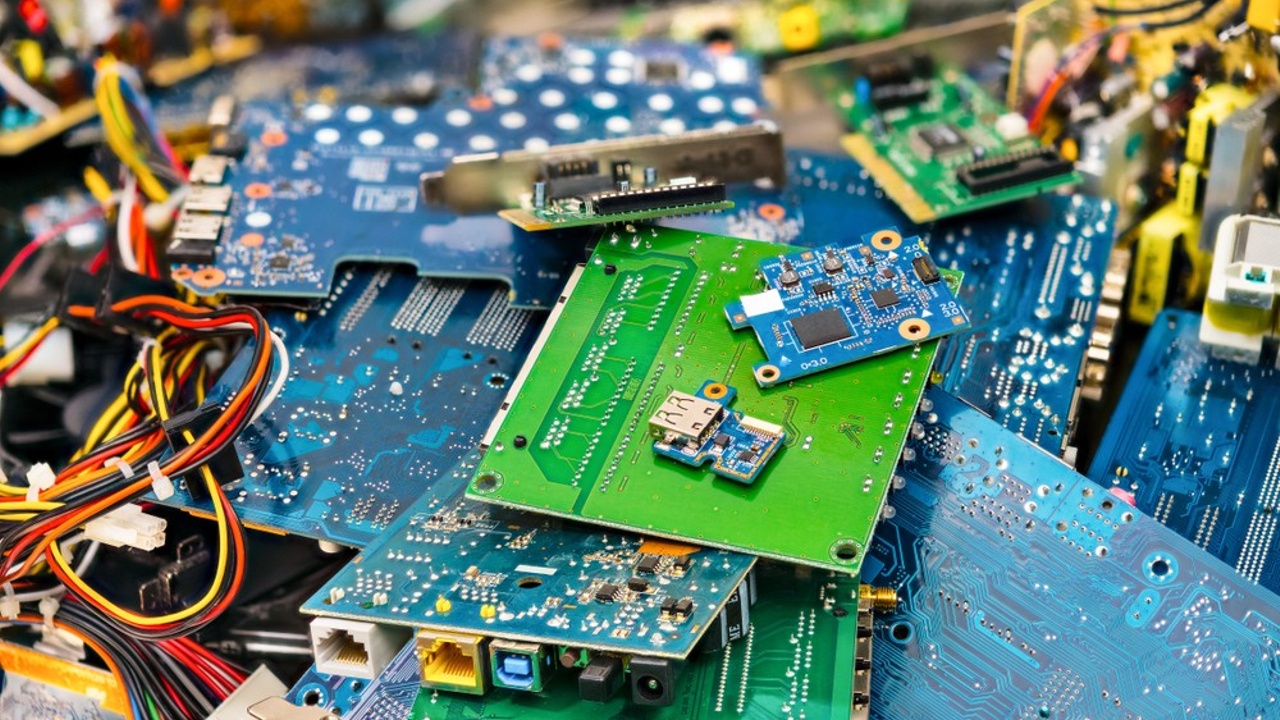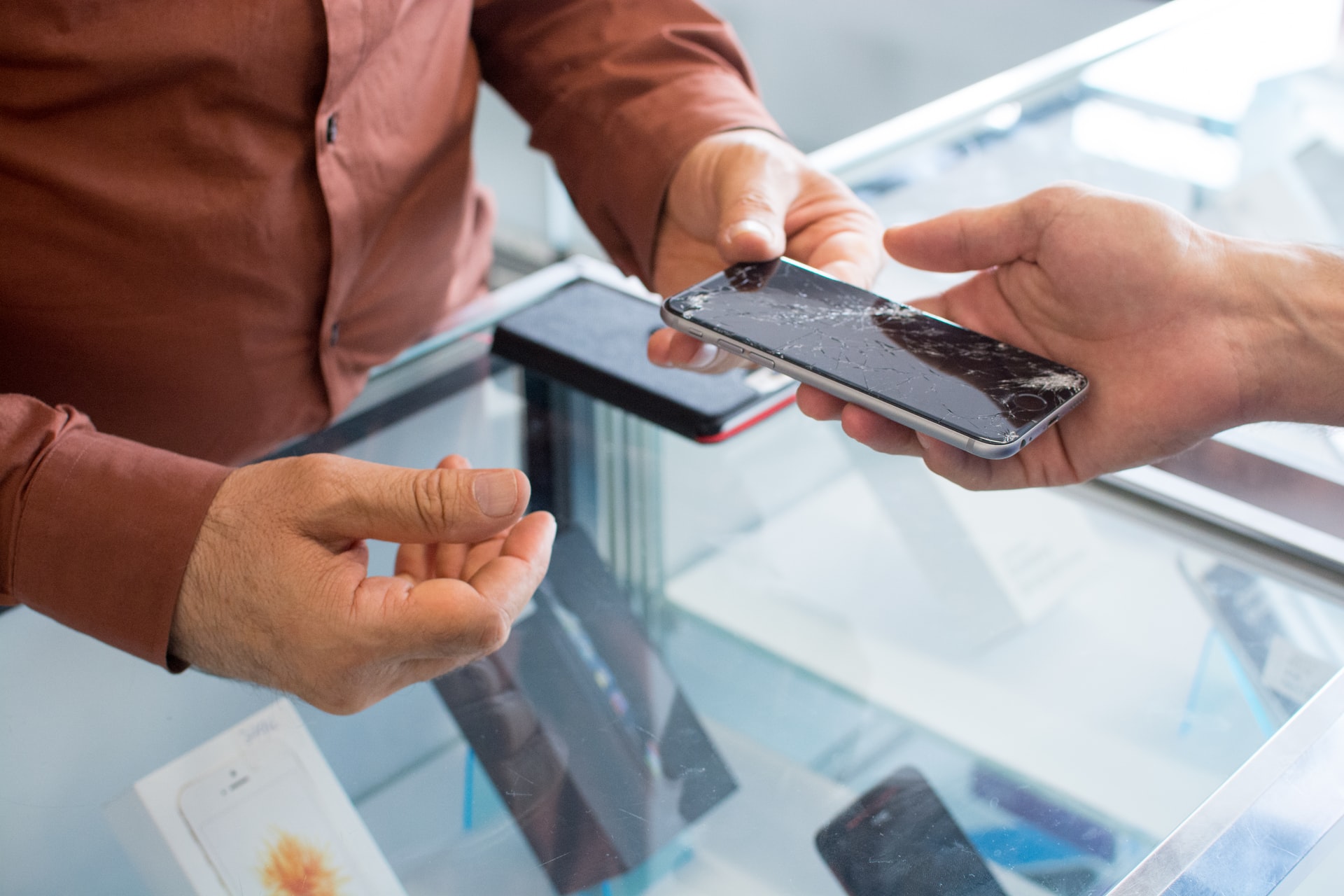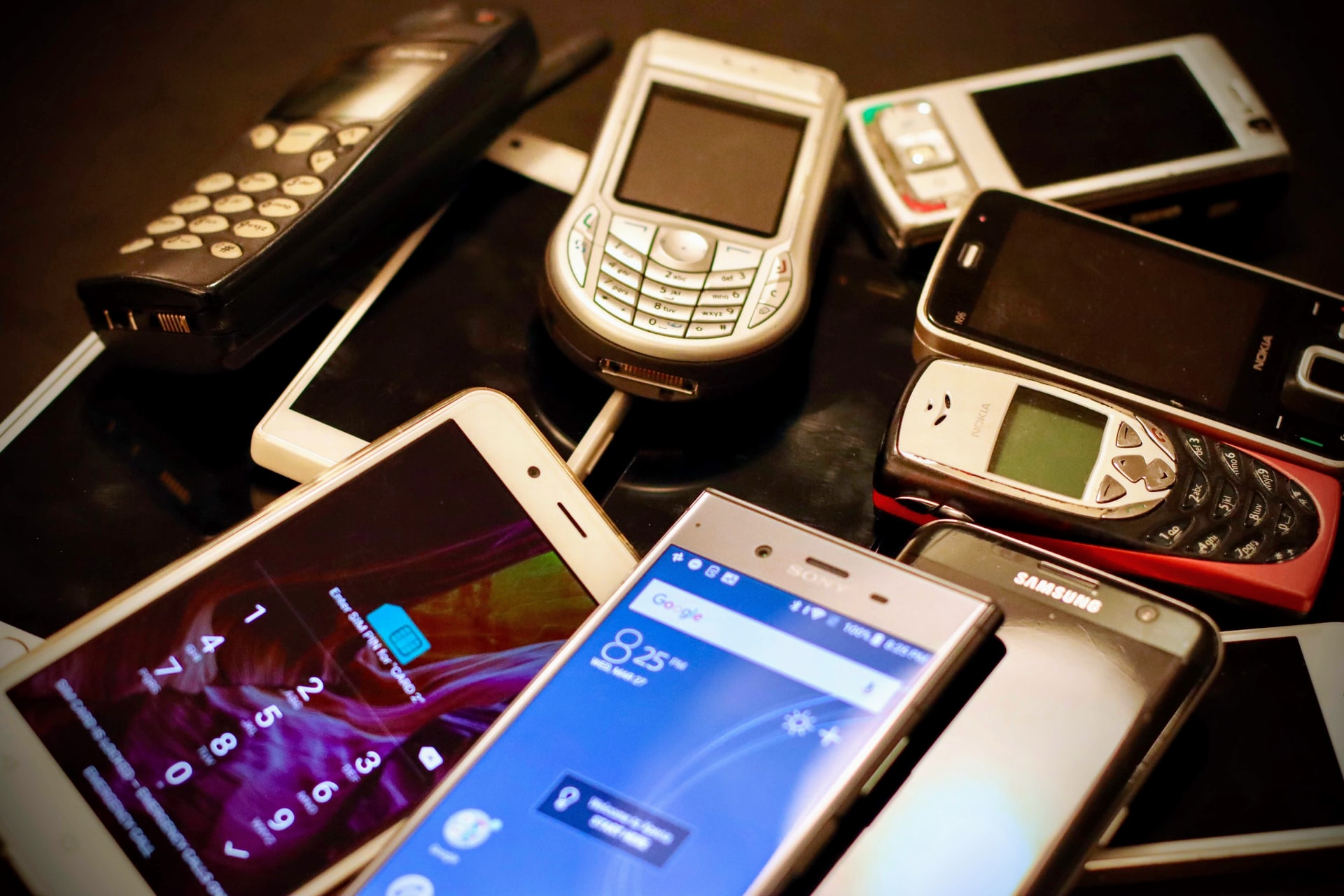Rethinking E-waste

Sure, we want to do what is right when it comes to recycling and disposal of our electronics, but for many people, electronics recycling can be a bit of a grey area. It’s hard to know exactly what to do with your e-waste or outdated electronics. That's why so many people find they have a drawer or box full of old electronics that they haven't quite figured out what to do with.
So, here is my quick guide to help you find the best way to manage your e-waste responsibly.
E-waste 101
First, let's just cover off what we mean when we are talking about e-waste. E-waste, or Electronic waste, is electronic equipment that is no longer wanted or no longer works. When electronic devices have reached the end of their useful life, for us, they become electronic waste. But, that doesn't mean they are no longer useful!
Keep these devices out of the landfill!
Sending your electronic waste to the landfill can cause serious environmental harm. Most electronic devices contain toxic heavy metals such as mercury, lead, and cadmium, which can leach into the surrounding environment when buried in a landfill. This causes significant damage to our soil, water, air, and wildlife.

In addition to the waste issue, we are throwing away valuable metals that have significant upstream impacts from mining, smelting, processing and transportation.
All of this input energy and environmental impact is amplified when we only use a device for a short time or allow those resources to be sent to a landfill. Instead, make sure that your household’s used electronic devices are making it to a recycling program.
The three R’s
As with all waste disposal, we should be considering the three R’s when it comes to our electronics. Reduce, Reuse, and Recycle.
Reduce
- The most important way to reduce your e-waste is to (big shock here) buy fewer electronics! When you do make a purchase for yourself or someone else, make sure to consider how long it will last and how necessary it is. Think about purchasing only when necessary and then look for more sustainable options. Consider the life cycle of the device. How long will it be used? Is it necessary to purchase or can we wait and see if it is needed?
- There are environmentally preferable electronic products. The Electronic Product Environmental Assessment Tool (EPEAT) is a global ecolabel for the IT sector that helps purchasers buy electronic products that have a reduced environmental impact.
- Manufacturers have also made some efforts over the past few years to reduce the packaging and plastics that come with our electronics when we buy them new, and the electronics themselves have become lighter and thinner. This is better for the environment, as these new electronics use fewer raw materials to produce. However, e-waste continues to be a very poorly addressed waste stream and has enormous environmental and human-health consequences as a result.
Reuse
- If you have an electronic device that no longer serves its purpose for you but can still be used, look into passing it along to someone in need. Women's shelters, the U.S.'s National Coalition Against Domestic Violence and even thrift shops such as Goodwill and Salvation Army often accept cell phones to help equip vulnerable populations.
- Reusing your electronics also means repairing them wherever possible to extend their lifespan. With expanding Right to Repair Legislation, this is becoming possible for increasing numbers of devices.
- Not feeling confident about doing repairs on your own or with a YouTube video instructor? Then why not see if there is a Repair Café in your area? Repair Cafés are free meeting places where people can come together to repair broken household items, sharing knowledge, tools and support.
 It’s only when an electronic no longer works or cannot be repurposed or repaired that it should be recycled.
It’s only when an electronic no longer works or cannot be repurposed or repaired that it should be recycled.
Electronics Recycling
Resources inside our electronics and devices can be used over and over again. Why throw away something so valuable? Materials such as glass, plastic, gold, silver, and copper have a wide variety of uses and are constantly being extracted from the environment.
By recycling old electronics, these materials can be recovered and put to use, as these materials go back into the manufacturing supply chain.
Base materials that make up your devices get shredded and reused as base material in new electronics. For example, plastics in a cellphone get melted into pellets of plastic that will make up a brand-new cellphone.
This is beneficial for the environment, as these toxic materials stay out of the landfill and water table. In addition, recycling electronic parts also reduces the need to mine new materials. There is a finite supply of precious metals, and the mining process is damaging to the environment.
So, it really is best to use what is already in circulation. Lastly, not having to extract new materials will keep costs down for consumers. So, electronics recycling really is the way forward.
Electronics Recycling Programs

Finding a recycling program that you trust is the part that many people struggle with.
The selection of electronic recycling facilities will differ depending on your location. In many cases, there will be municipal collection sites such as waste depots and recycling centres that you can utilize. Try searching “Electronic waste recycling (insert your city)” on google and look into your options!
If you live in Canada, the United States, Mexico, the United Kingdom, Singapore, or South Korea, you can search for an E-Steward Certified e-waste recycler in your area
If you’re living in Canada, you might also want to check out Recycle My Electronics, a regulated recycling program run by Electronic Products Recycling Association (ERPA) in nine provinces across Canada. It’s as simple as dropping of your electronics at one of the 2,500 EPRA-approved drop-off locations throughout the country.
All you need to do is find your province on its homepage, click the “Where can I recycle?” tab, and enter your postal code to find the nearest drop-off location.
Recycle My Electronics programs accept electronics such as display devices (televisions and monitors), non-cellular telephones, home/audio video systems, desktop computers, portable computers, computer peripherals, desktop printers, personal/portable audio and video systems, vehicle audio/video systems, countertop microwave ovens, floor-standing photocopiers, and of course, cellular devices and pagers.
Safety and Security
One thing you should be considering when recycling your electronics is the safety and security of your personal information. In fact, this might even be why you have been hesitant to recycle your electronics. It’s scary to think about our personal information getting out into the world, so it is best to properly remove your information when getting rid of your electronics.

It is actually quite easy for this to be done! For example, with cellular devices, a simple factory reset should get rid of all your personal info. For laptops, you can download free software called "shredding software" which will make your hard drive inaccessible to anyone who finds it.
And of course, consult manuals from the manufacturer of your device for more information on how to properly remove your personal information.
If you’re still uneasy, just know that many recycling facilities shred your devices in the recycling process. This will effectively destroy all your personal information.
Hopefully, this information has helped ease your mind about recycling your electronics and give you some tips on how to get started. Recycle today for a better tomorrow!
Stay connected with news and updates!
Join my mailing list to receive the latest news and updates. Your information will not be shared.

